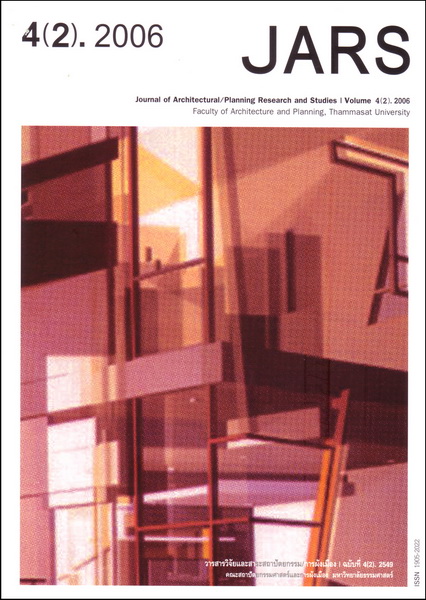Diversity in Globalism
Main Article Content
Abstract
The tone set for the symposium is cultural variety in face of globalization, as applied to design and urban planning. The theme, I think, can be
reworded as diversity in post-modernity as expressed in contemporary art, architecture, urban
planning, and other facets of culture.
Post-modernity is both contemporary, i.e. belonging to our time, and contemporary as applied to the cultural period starting from the 1970’s to
the present. It is quite different from the term modern as in the modern art movement which
spans from about 1900 to 1970, and therefore very much part of history.
Downloads
Article Details

This work is licensed under a Creative Commons Attribution-NonCommercial-NoDerivatives 4.0 International License.
All material is licensed under the terms of the Creative Commons Attribution 4.0 International (CC-BY-NC-ND 4.0) License, unless otherwise stated. As such, authors are free to share, copy, and redistribute the material in any medium or format. The authors must give appropriate credit, provide a link to the license, and indicate if changes were made. The authors may do so in any reasonable manner, but not in any way that suggests the licensor endorses you or your use. The authors may not use the material for commercial purposes. If the authors remix, transform, or build upon the material, they may not distribute the modified material, unless permission is obtained from JARS. Final, accepted versions of the paper may be posted on third party repositories, provided appropriate acknowledgement to the original source is clearly noted.
References
Jumsai, Sumet. (2005). Naga – Origines culturelles du Siam et du pacifique occidental. Saint-Puy: Editions du Bel Ete.
Lim, William S. W. (2005). Asian ethical urbanism: A radical postmodern perspective. Singapore: World Scientific Publishing.

